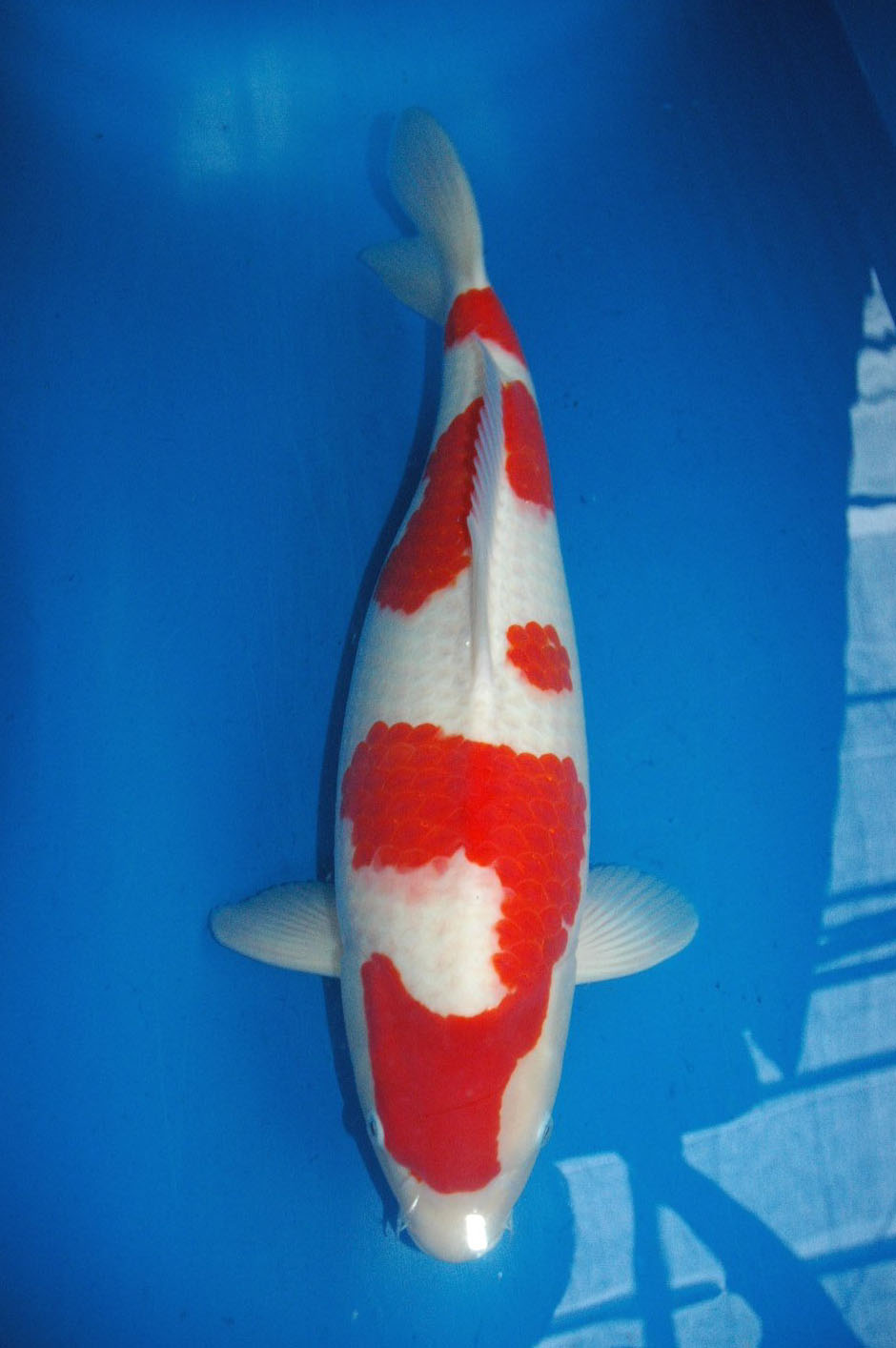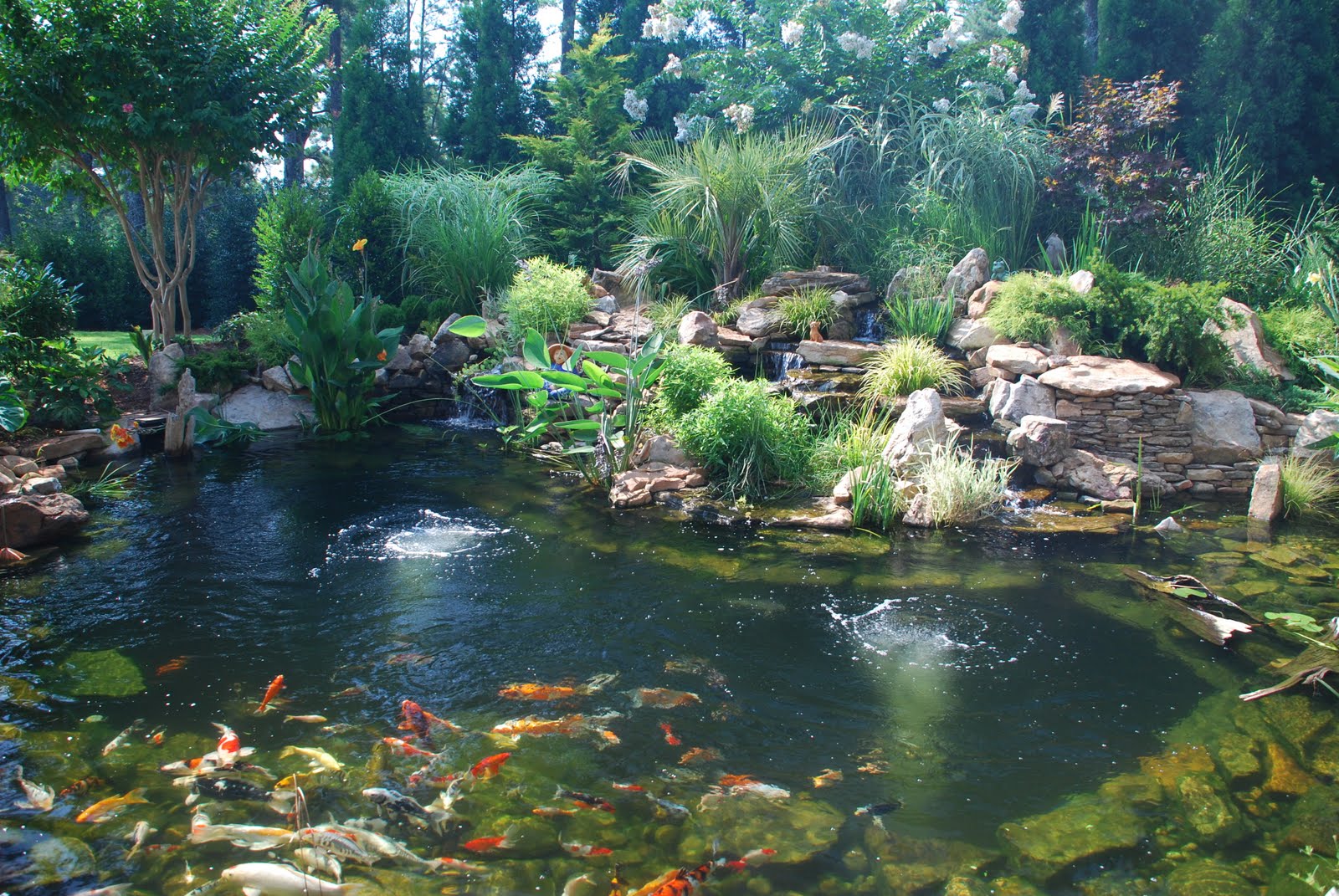
The Ultimate Guide to Fixing High pH Levels in Your Koi Pond
What is pH and Why is it Important in Koi Ponds?
The pH level in your koi pond refers to its acidity or alkalinity. It measures the amount of hydrogen ions present in the water. The pH scale ranges from 0 to 14, where a score of 7 is neutral, lower scores are acidic, and higher scores are alkaline. The ideal pH level for koi fish is between 7 and 8.5. A pH level that is too high or too low can cause health issues for your fish.
Symptoms of High pH Levels in Koi Ponds
When the pH level is too high in your koi pond, your fish can suffer from various health issues. These include:
- Fish become lethargic and lack appetite
- Fish display redness or inflammation around eyes and gills
- Fish fins become frayed or start to rot
- Skin lesions or ulcers start to appear
Causes of High pH Levels in Koi Ponds
Several factors can contribute to high pH levels in your koi pond. These include:
- Improper pond maintenance
- Overfeeding your fish
- Using tap water to fill or top off the pond
- Using limestone or concrete in the pond’s construction
- Algae blooms
How to Fix High pH Levels in Koi Ponds
If you suspect that your koi pond has high pH levels, you need to identify the cause and fix it to prevent further damage to your fish. Here are some steps to help you fix high pH levels in your koi pond:
1. Test your Pond’s pH Level
Before you can fix the high pH levels in your koi pond, you need to determine the current pH level. You can use a pH test kit to measure your pond’s pH. Depending on the pH level, you can take the necessary steps to fix it.
2. Stop Overfeeding Your Fish
Overfeeding your koi fish can increase the waste in your pond, which can result in high pH levels. Make sure you are only feeding your fish the amount they need to prevent this from happening.
3. Use Acidic Substances
If your pond’s pH level is high, you can use acidic substances to lower it. These substances include:
- Vinegar - add 1 cup of vinegar per 500 gallons of water
- Muriatic Acid - add 1/2 cup per 500 gallons of water
- Citric Acid - add 1 pound per 1,000 gallons of water
4. Use a Biological Filter
Biological filters are an essential part of pond maintenance. They help to remove excess nutrients and impurities in the water, which can contribute to high pH levels. Make sure to choose the appropriate filter size for your pond and replace it regularly.
5. Add Elements to Increase Alkalinity
If your pond’s pH level is too low, you can increase it by adding alkaline substances. These substances include:
- Calcium Carbonate - add 1 pound per 500 gallons of water
- Sodium Bicarbonate - add 1 pound per 500 gallons of water
Conclusion
Monitoring and maintaining proper pH levels in your koi pond is essential for your fish to thrive. If you suspect your pond has high pH levels, take the necessary steps to determine the cause and fix it. By following the steps outlined in this guide, you can ensure your koi fish live in a healthy environment.






